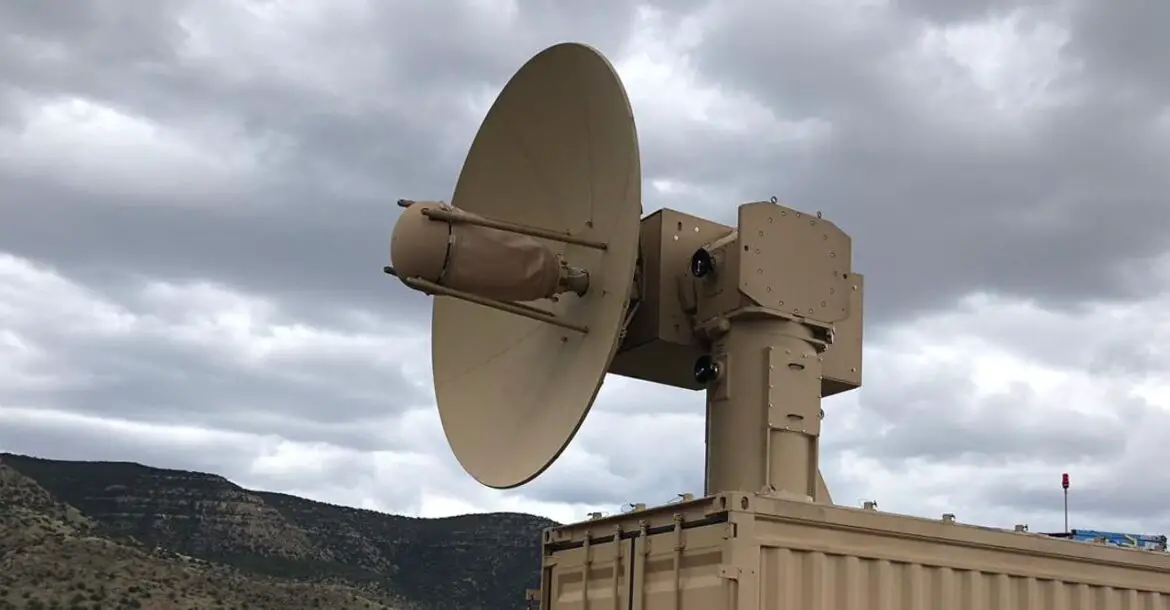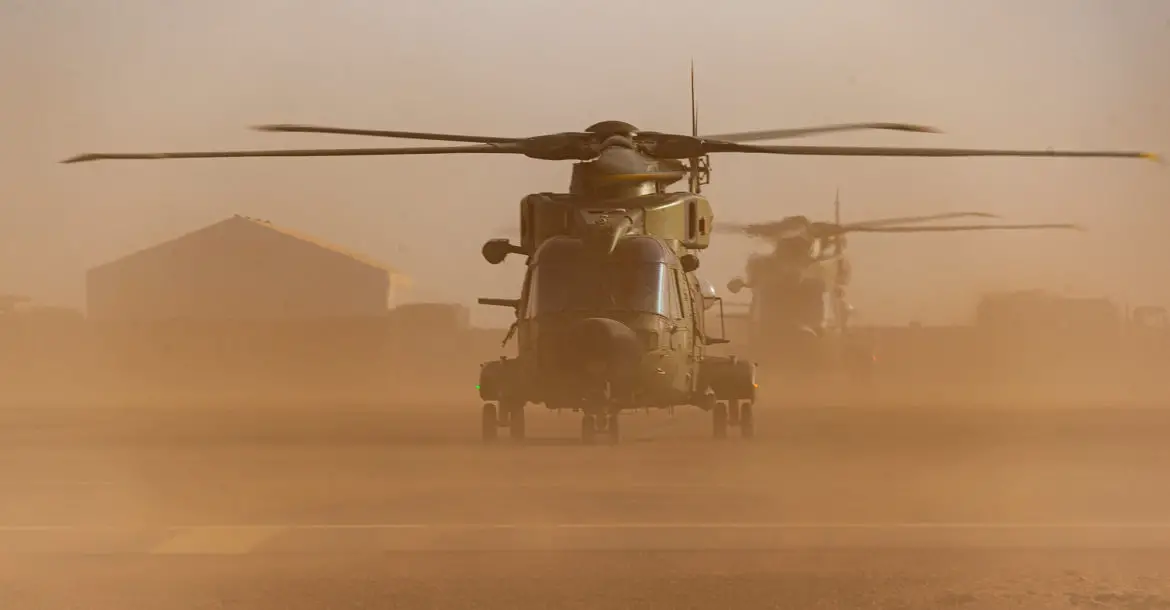US Warship’s South China Sea Passage Sparks Beijing Warning

The Arleigh Burke-class guided-missile destroyer USS Benfold (DDG 65), along side Singapore Navy’s (RSN) RSS Supreme (FFS 73), participated in Exercise Pacific Griffin 2017. Photo: AFP
STAFF WRITER WITH AFP JANUARY 20, 2022
A US warship sailed through the South China Sea on Thursday, sparking a warning from China’s military as tensions between the superpowers remain high.
The American navy said the USS Benfold “asserted navigational rights and freedoms in the vicinity of the Paracel Islands, consistent with international law.”
The Southern Theatre Command of the People’s Liberation Army said the US ship had “illegally” entered what Beijing regards as its waters.
The PLA “organized naval and air forces to engage in tracking and monitoring as well as to warn and drive (the destroyer) away,” its statement added.
China claims almost all of the South China Sea, through which trillions of dollars in trade passes annually, with competing claims from Brunei, Malaysia, the Philippines, Taiwan, and Vietnam.
Beijing has ignored a 2016 ruling by The Hague-based Permanent Court of Arbitration that its historical claim is without basis.
Led by the United States, multiple Western navies conduct “freedom of navigation operations”, known in military circles as FONOPs, to assert the idea that the South China Sea is an international waterway.
Thursday’s passage by the USS Benfold was the first declared FONOP of the year.
It came a week after the United States laid out its most detailed case yet against Beijing’s “unlawful” claims in the South China Sea, rejecting both the geographic and historical justifications.
In a 47-page research paper, the State Department’s Bureau of Oceans and International Environmental and Scientific Affairs said China had no basis under international law for claims that have put Beijing on a collision course with the Philippines, Vietnam, and other Southeast Asian nations.
China has rejected the report.
Over the years Beijing has steadily cemented its control of key islands and atolls in the South China Sea through land reclamation and the construction of military facilities that have alarmed many of its neighbors.
Chinese military calls U.S. warship's trespassing a "serious provocation"
BEIJING, Jan. 20 (Xinhua) -- A Chinese military spokesperson on Thursday called the trespassing of a U.S. warship into China's territorial waters a serious provocation.
Earlier in the day, the U.S. missile destroyer USS Benfold sailed into waters off the Xisha Islands in the South China Sea without permission from the Chinese government.
Wu Qian, spokesperson for China's Ministry of National Defense, said this is not "freedom of navigation" as claimed by the United States but an act that has violated China's sovereignty and undermined the peace and stability of the South China Sea.
Wu said the People's Liberation Army has dispatched air and naval forces to monitor the U.S. warship and warn it off.
"The Chinese military strongly deplores and resolutely opposes the U.S. act," he said, adding that the U.S. military warship's hegemonic behaviors can not be tolerated in China's territorial waters.
Wu urged the U.S. side to understand the situation clearly and stop provocation.
The Chinese military will take all necessary measures to respond to any threats and provocations, and will resolutely protect China's sovereignty and security and safeguard regional peace and stability, he said.







